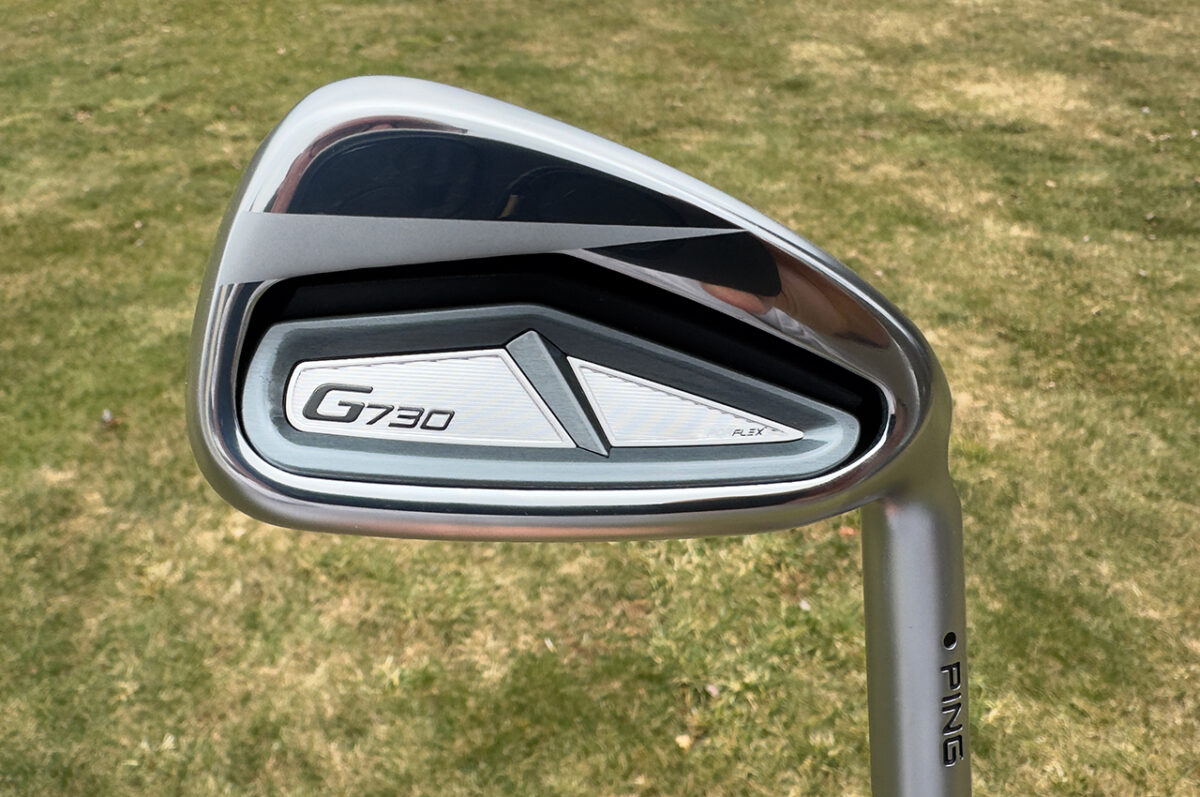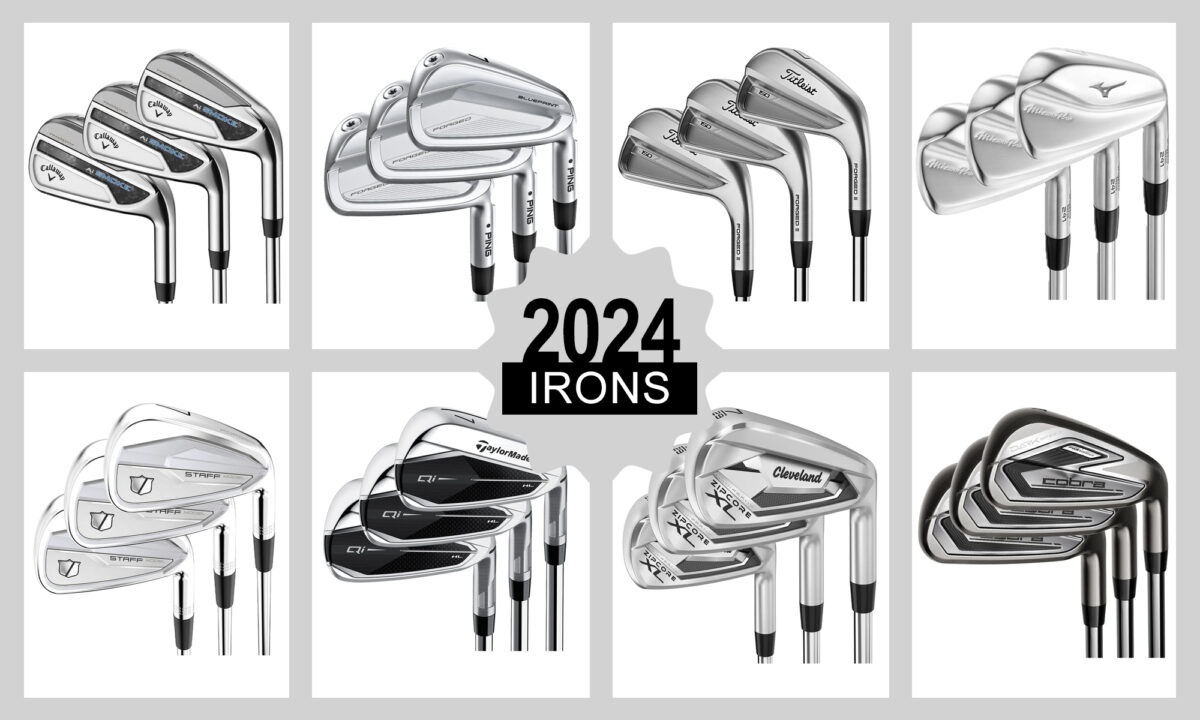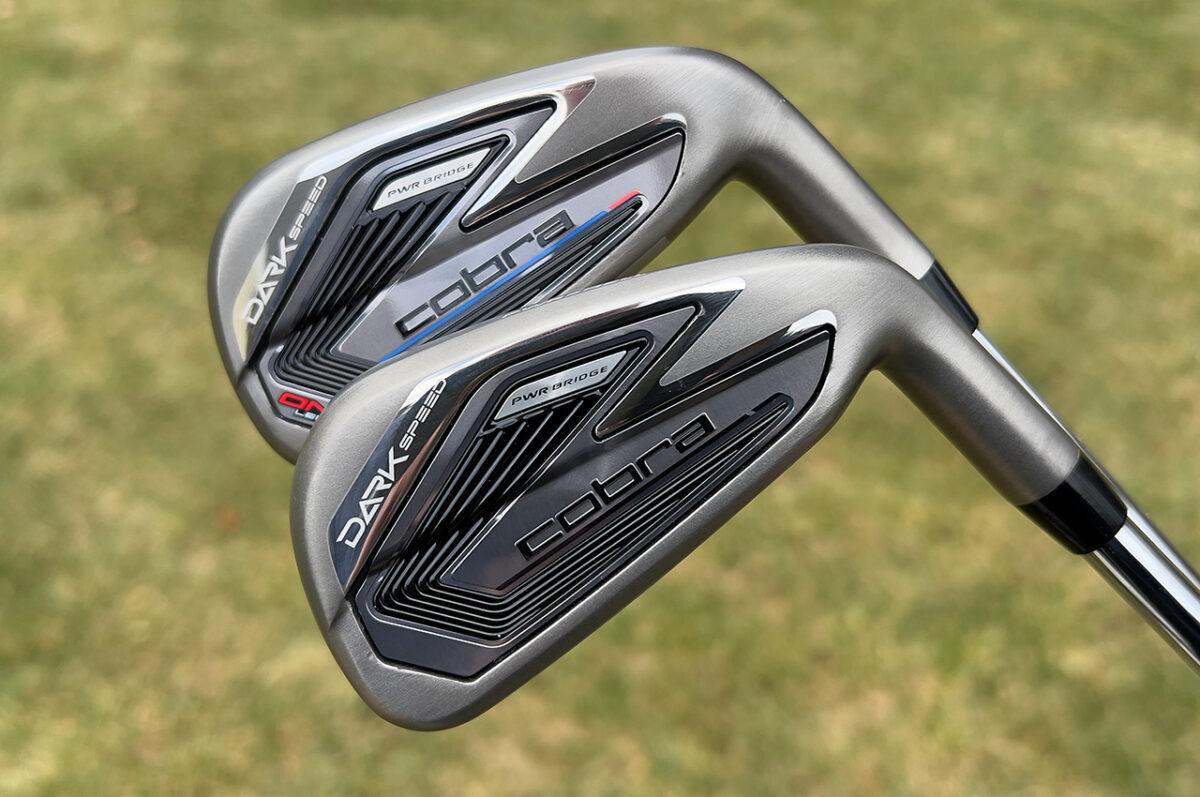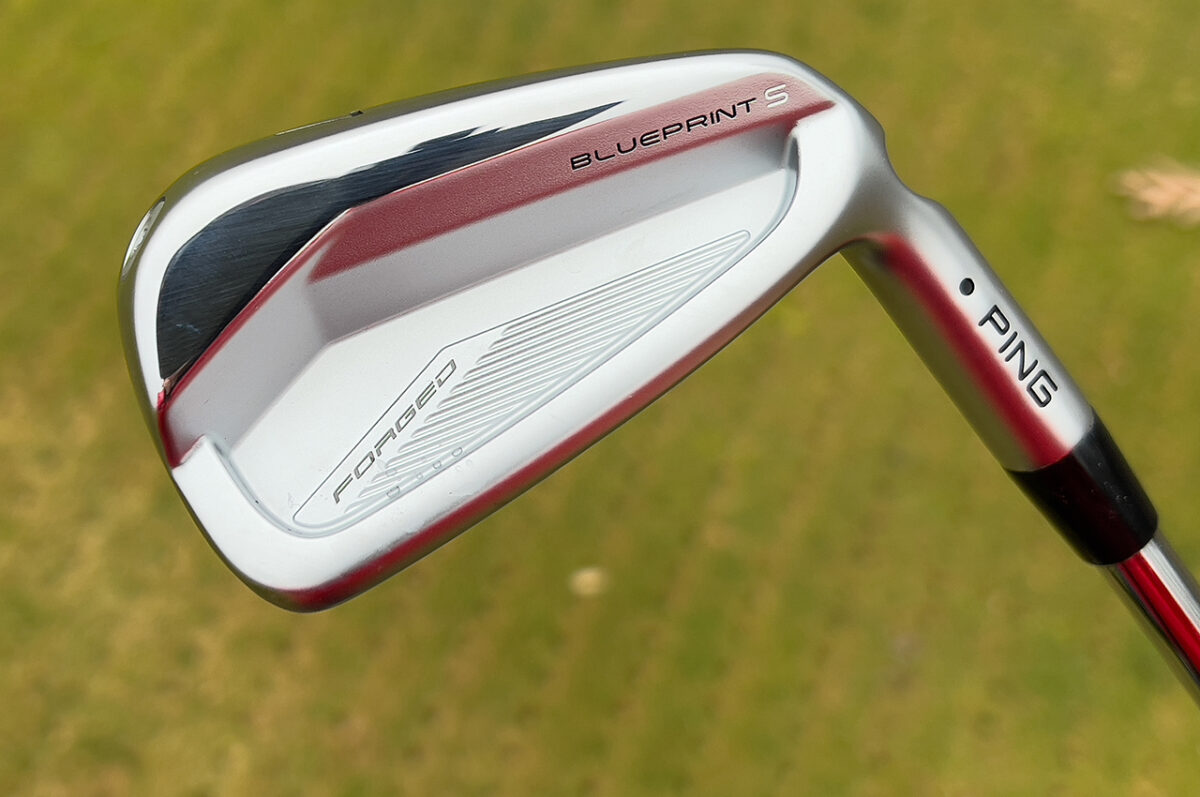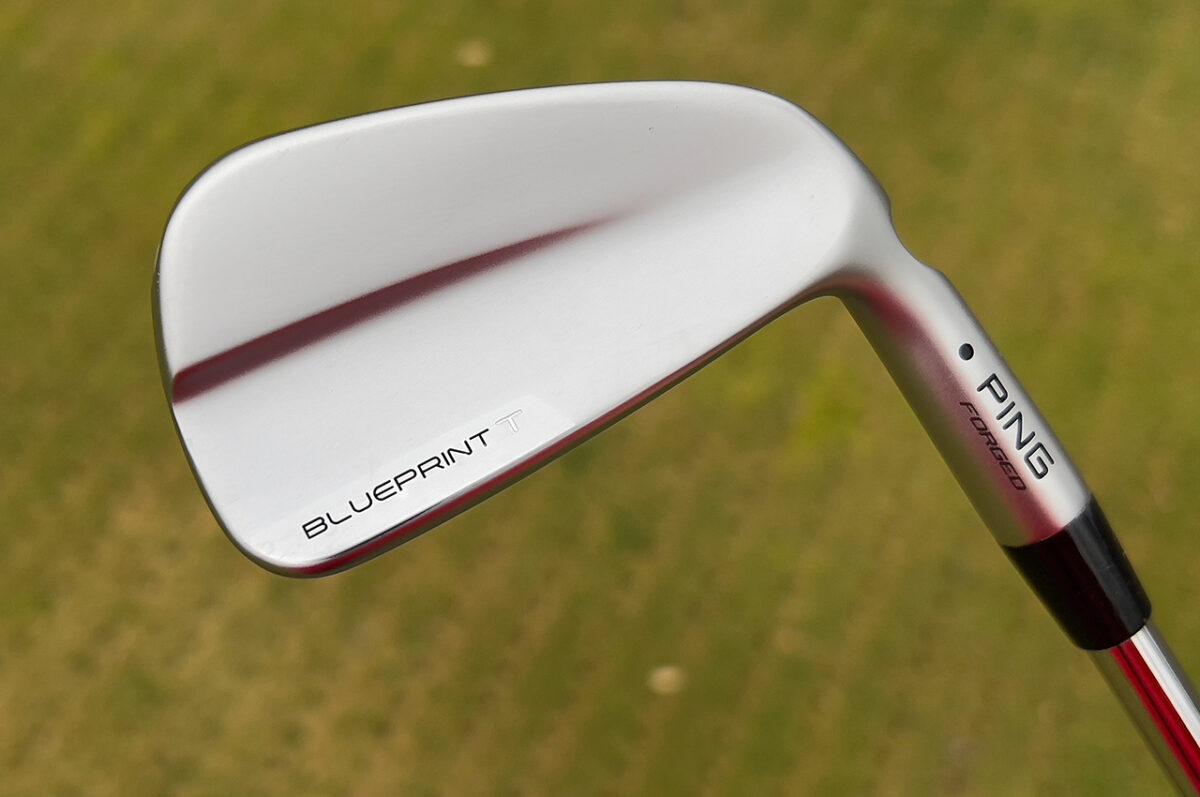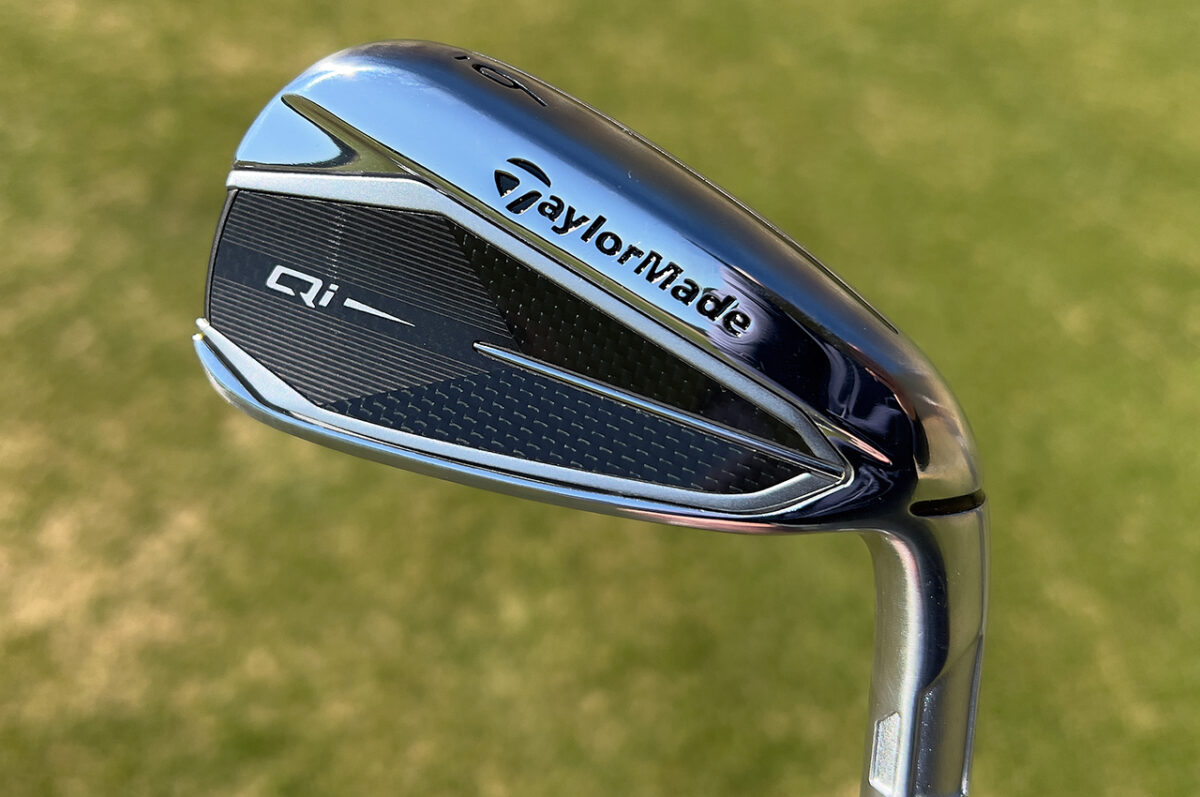[anyclip-media thumbnail=”https://cdn5.anyclip.com/8kvS7owBn0dZxwaYkafQ/1704814203615_248x140_thumbnail.jpg” playlistId=”undefined” content=”PHNjcmlwdCBzcmM9Imh0dHBzOi8vcGxheWVyLnBvcHRvay5jb20vYW55Y2xpcC13aWRnZXQvbHJlLXdpZGdldC9wcm9kL3YxL3NyYy9scmUuanMiIGRhdGEtYXI9IjE2OjkiIGRhdGEtcGxpZD0iaGJ2eG11enhuNTN1ZTNycW1ybmhxNTNibGZ2d2N6c3IiIHB1Ym5hbWU9IjE5OTgiIHdpZGdldG5hbWU9IjAwMTZNMDAwMDJVMEIxa1FBRl9NODMyNyI+Cjwvc2NyaXB0Pgo8c2NyaXB0IHR5cGU9ImFwcGxpY2F0aW9uL2xkK2pzb24iIG5hbWU9ImFjLWxyZS1zY2hlbWEiPgogewogICJAY29udGV4dCI6Imh0dHBzOi8vc2NoZW1hLm9yZyIsCiAgIkB0eXBlIjoiVmlkZW9PYmplY3QiLAogICJuYW1lIjoiUGluZyBHNDMwIE1heCAxMEsgRHJpdmVyIiwKICAiZGVzY3JpcHRpb24iOiJEYXZpZCBEdXNlayByZXZpZXdzIHRoZSBuZXcgUGluZyBHNDMwIE1heCAxMEsgRHJpdmVyLiIsCiAgImR1cmF0aW9uIjoiUFQ0TTU2LjM0MlMiLAogICJ0aHVtYm5haWxVcmwiOiJodHRwczovL2NkbjUuYW55Y2xpcC5jb20vOGt2Uzdvd0JuMGRaeHdhWWthZlEvMTcwNDgxNDIwMzgzMF80ODB4MjcwX3RodW1ibmFpbC5qcGciLAogICJ1cGxvYWREYXRlIjoiMjAyNC0wMS0wOVQxNToyMzo0Ni41MTJaIiwKICAiaW50ZXJhY3Rpb25TdGF0aXN0aWMiOnsKICAgIkB0eXBlIjogIkludGVyYWN0aW9uQ291bnRlciIsCiAgICJpbnRlcmFjdGlvblR5cGUiOiB7ICJAdHlwZSI6ICJodHRwOi8vc2NoZW1hLm9yZy9XYXRjaEFjdGlvbiIgfSwKICAgInVzZXJJbnRlcmFjdGlvbkNvdW50IjogMTgxMTExCiAgfQogfQogPC9zY3JpcHQ+”][/anyclip-media]
Gear: Ping i730 irons
Price: $185 each with True Temper Dynamic Gold Mid steel shafts and Lamkin Crossline grips. $200 each with Ping Alta CB Black graphite shafts
Specs: Cast and heat-treated 17-4 stainless steel with high-density toe and heel weights.
Who It’s For: Mid- and higher-handicap golfers who want a big, easy-to-hit iron that delivers more distance and forgiveness.
The Skinny: This powerful iron is the most forgiving in the Ping lineup for 2024, and golfers who typically shoot in the 90s and 100s should find it delivers more distance thanks to a thin face with enhanced feel.
The Deep Dive: From its start in 1959, Ping has been synonymous with golf equipment that is designed to make the game easier to play. Sure, the Phoenix-based brand has always offered irons for elite ballstrikers, like the just-released Blueprint T and Blueprint S, but this is the company that created the most-copied putter in golf, the Anser, which was designed to be forgiving. Ping also deserves credit for jumping on the stability train earlier than just about any equipment maker and leading the trend in high-MOI drivers that help golfers overcome mis-hits.
Now, for 2024, Ping is releasing the G730, a game-improvement iron that replaces the G710.
While many irons designed to be forgiving and increase ball speed feature a hollow-body construction, the G730 has a cavity-back design. It has a slightly shorter blade length than the G710 but slightly more offset and a wider sole from the leading edge to the back to help golfers square the face more efficiently and make solid contact more often.
Knowing that the G730 was not going to appeal to fast-swinging, low-handicap players, Ping’s designers were freed to make the face especially thin and not worry about durability and excessive stress. As a result, the face of the G730 is 7 percent thinner than the G430’s face, so it flexes more efficiently. The center of gravity has also been positioned very low in the head, which should promote a higher ball flight.

Enhanced feel is a trait commonly associated with better-player irons, but a PreFlex badge on the back of the G730 – which is made using 10 different pieces and bends in five different areas – improves the sensation of impact because two different molded plastic pieces soak up excessive vibrations.
Golfers who routinely shoot in the 90s and 100s should not be playing a 3-iron or a 4-iron, and Ping is not making those clubs in the G730. The strongest-lofted iron available is a 23-degree 5-iron. While the lofts of all the clubs are strong, Ping is making four G730 wedges (44, 49, 54 and 56 degrees), so working with a custom fitter, players should be able to create a set configuration that gives them the yardages and the gaps they need. A stronger-lofted PWR Spec version and a weaker-lofted Retro Spec version are also available.
Finally, to normalize spin and improve performance in wet conditions, Ping gave the G730 a Hydropearl 2.0 finish that repels water and helps to reduce its presence between the ball and the hitting area.
